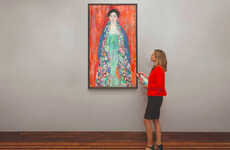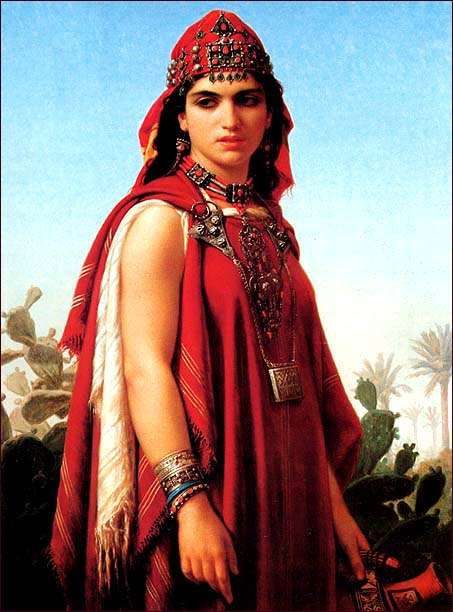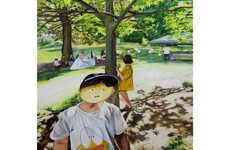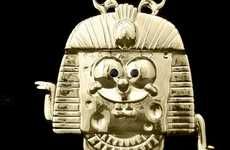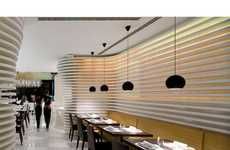
Once Castigated, Now Sought After by Middle East Collectors
Geebee Micro — March 29, 2009 — Art & Design
References: orientalistart.net & forbes
It wasn't that long ago that, due to political correctness and the crusade of one man in particular, Orientalism was considered a racist idea and term when expressed by, and from, Westerners.
That applied to what has become known as Orientalism Art, specifically that which was painted in the 19th century.
That period of pressure has changed quickly, and many collectors from the Middle East readily embrace the genre, which is very highly sought after now.
Works of art from that time were primarily from Europeans, part of the origin of the racist accusations.
Now the major dividing line between acceptable, or at least valued Orientalism paintings, is whether the artists made journeys to the Middle East in their time, and so would understand the subtleties which engendered a reality of the life that existed there.
Those European artists which did travel or live there, are now very popular among those starting to treasure these great works.
That applied to what has become known as Orientalism Art, specifically that which was painted in the 19th century.
That period of pressure has changed quickly, and many collectors from the Middle East readily embrace the genre, which is very highly sought after now.
Works of art from that time were primarily from Europeans, part of the origin of the racist accusations.
Now the major dividing line between acceptable, or at least valued Orientalism paintings, is whether the artists made journeys to the Middle East in their time, and so would understand the subtleties which engendered a reality of the life that existed there.
Those European artists which did travel or live there, are now very popular among those starting to treasure these great works.
Trend Themes
1. Revival of Orientalism Art - The once criticized genre of Orientalism Art is experiencing a revival, with increasing demand from Middle East collectors.
2. Reevaluation of Historical Artworks - The Middle East art market is reevaluating European artworks from the 19th century, considering the artists' travel experiences in the Middle East as a defining factor for their value.
3. Shift in Art Collecting Preferences - Collectors in the Middle East are shifting their preferences towards Orientalism Art, indicating a change in the art market's demand and appreciation.
Industry Implications
1. Art Market - The art market is witnessing a shift in demand and value for Orientalism Art, attracting attention from collectors in the Middle East.
2. Historical Art Restoration - Art restoration and preservation services have an opportunity to cater to the increasing demand for restoring and preserving Orientalism Art from the 19th century.
3. Cultural Exchange and Tourism - The appreciation and interest in Orientalism Art can foster cultural exchange programs and boost tourism between the Middle East and Europe.
2.2
Score
Popularity
Activity
Freshness




